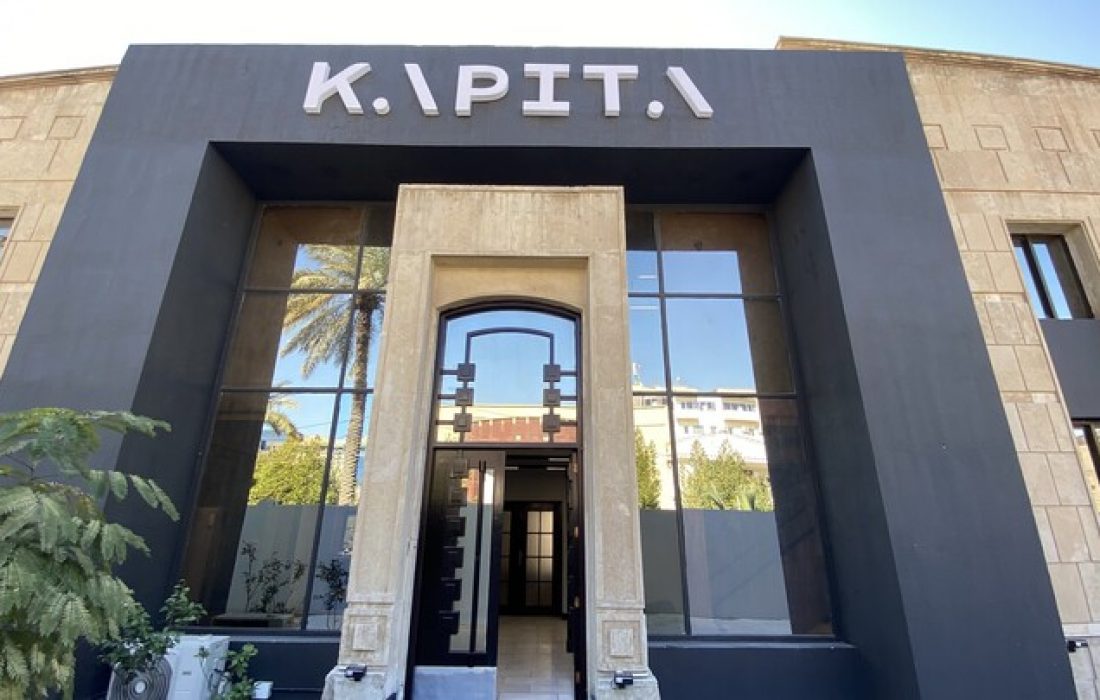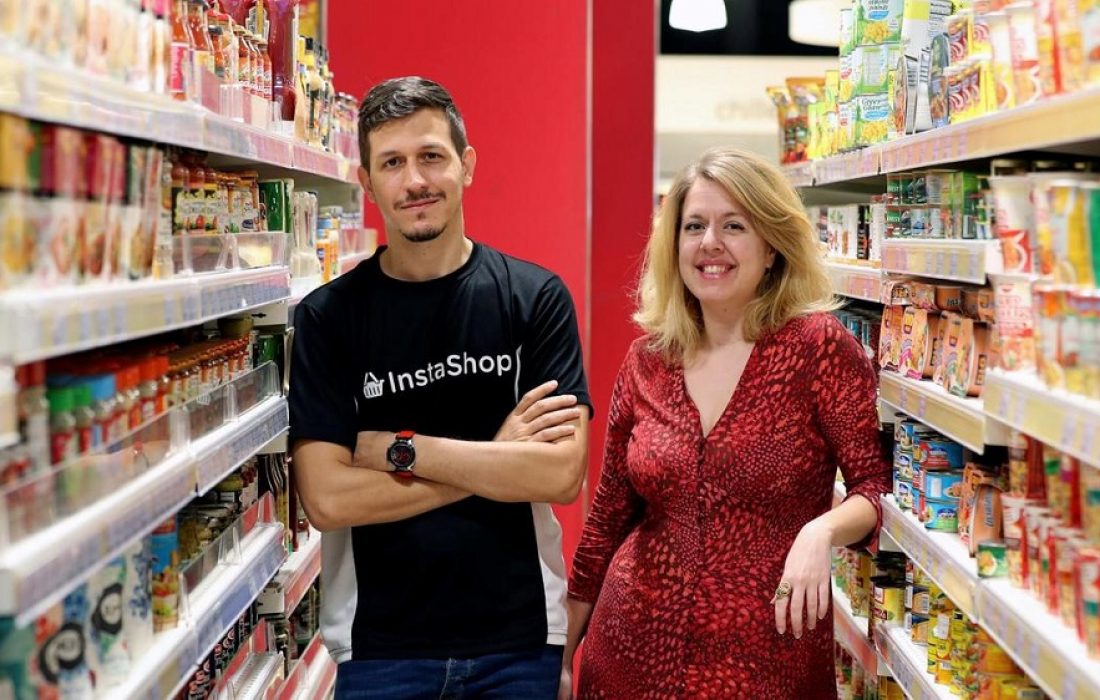How Can Banks and Fintech Startups Work Together?
After establishing in my previous article the necessity for banks and fintech startups to work together I would like to identify the different forms of alliances that can exist between banks and fintech companies. The engagement can take the shape of product-related collaborations, M&A, investment funds, accelerators and incubators, events, support services, startup programs and offering co-working spaces – or a combination of several of these. Banks that have declared a digital strategy or employed a Chief Digital Officer (CDO) are also more likely to initiate alliances with fintech startups. To declare the most used alliance between both fintechs and banks, research conducted on the 100 largest banks in Canada, France, Germany, and the United Kingdom to discover the different forms of alliances, concluded that 43% are investments, the rest are product-related collaborations (54%), and that other forms of alliance amount to just (3%). Based on that and based on my own experience the following three forms of alliance represent the most successful models between banks and fintechs.
1. Product-related Collaborations:
There are several types of this alliance; the first one is where the fintech company integrates directly with the bank’s legacy system to provide a certain product to the end-users, this type of partnership requires the bank’s approval, the fintech’s direct connections with the bank’s decision making process, complex integration architecture, a long testing period, extensive penetration testing, compliance and regulation approvals by the bank, and so on.
The second type of this alliance is follows: the bank outsources the overall product to the fintech company, where in this model the fintech provides the service to the bank as a cloud service SaaS model (Software as a Service), this model is fast to implement with less overhead but it doesn’t fit with all business use cases, i.e. ones that require real-time integration with the bank’s infrastructure.
The final and best type of this collaboration model is the use of banking open APIs that enable third-party developers to build applications and services around the financial institution. The banks turn into financial service platforms, technically implemented through a (BaaS) Banking as a Service BaaS concept. The API-based bank as a service platform serves as the back-end that hosts standalone independent fintech startups and integrates seamlessly with any existing back-office system of a traditional bank. This allows non-banks to easily and cost-effectively launch additional financial products and expand into additional markets. The mutual benefits of such an open API ecosystem, i.e. the customer-facing company, fintech company, can deliver additional services to its customers, while the service-providing company, the bank, can profit from an increased usage of its APIs and also add a value added service to its customers.
This leads both parties to increased revenues. However, in my opinion banks should better partner up with a few well-chosen fintech companies to deliver attractive services to their customers. This approach enforces banks to set up an open API architecture, facilitating the rapid integration (plug-and-play) of the bank’s and fintech’s service offerings, ultimately creating banking app stores. In this model, the bank would be the central player in the ecosystem managing the customer affiliation. The fintechs would compete against each other to get access to the bank’s customer base.
As a result, the bank would be able to choose between different fintech players, selecting the one with the best service offering for the bank’s customers and the one providing the best conditions for the bank. In this scenario, innovation comes at very low expense to the bank, i.e. new players can experiment with new approaches, without the bank having to invest any money in these trials, additionally this approach will not add much risk on banks because banks will selectively choose the fintechs that integrate with its open API layer based on the bank’s terms and conditions. To achieve this model of collaboration banks therefore have to transform themselves to an “Open Bank”, offering “Banking as a Service (BaaS)”.
2. The Bank as an Investor or Incubation Program Partner:
The other recommended form of collaboration between banks and fintech companies, is for the bank to invest in them. This model includes two types, the first one is for the bank to directly invest in the company, this is recommended if the bank is dealing with large fintech companies. However, the bank should only acquire a minority stake, this is to give the fintech more freedom to innovate and operate its business. Furthermore, this will not make any obstacles if the startup wants to cooperate with several other banks.
The other form of investment is one where banks establish fintech incubators and accelerators to enable innovation, this model is recommended with small size fintech startups. This way, the incubation or acceleration program helps startups to refine and test their value proposition and the banks can provide fintech companies with mentorship, assistance with potential deployment of proof-of-concept, workshops, panel discussions related to a wide range of financial industry topics, a workspace, networking events and finally seed capital which will also give the bank minority shares.
Such an alliance gives the bank the exclusive right to use a specific application or license. Banks in Egypt already started such fintech programs in collaboration with startup accelerators, angel investment networks, or specialized VCs. 1864 program by Barclays Bank and Flat6labs, which has already ended, is one example. AUC FinTech program by CIB and AUC Venture Lab, Mint Fintech track by EG Bank and Cairo Angels, are also amongst those programs. However, this model needs to spread more and be established by more banks.
3. The Bank as a Venture Builder:
Although fintech startups have come up with strong ideas, innovative products, new business models, etc. many financial domain ideas and opportunities have not yet been tapped into. This is because the majority of fintech founders lack the real experience in the financial domain. Since the financial institutions’ real issues, problems and the know-how, as well as the deep financial experience are known by the banks’ internal experts, an impactful way to fill this gap could be through the role of banks as a “Venture Builder”. Venture builders are startup factories, tech studios or venture production studios — where banks build companies using their own ideas and resources. Unlike incubators and accelerators, venture builders don’t take any applications, nor do they run any sort of competitive program that culminates in a Demo Day. Instead, they pull business ideas from within their own network of resources and assign internal teams to develop them (engineers, advisors, business developers, sales managers, etc.).
All venture building companies share these four values: capital commitment, industry experience (market knowledge, know-how, and operational expertise), a strong desire to build something new, and collaboration. Like other startup founders, internal creators must consult with experts and pitch their ideas to the bank’s internal executives, based on a successful pitch, the bank venture builder will create a startup that is operated and managed by the internal team to execute this idea independently from the bank’s management to give them the freedom to innovate and the flexibility to work in a less regulated environment. Additionally, the selected team to run the new born startup will own enough percentage of the company shares to give them the motivation to build and accelerate their own company. I believe that through this model banks would create more mature domain expert fintech startups in the ecosystem.
In the third and final article, I will delve deeper into the role of the regulator and explain how Fawry managed to grow in the space using the story of the company as a case study.
If you see something out of place or would like to contribute to this story, check out our Ethics and Policy section.














